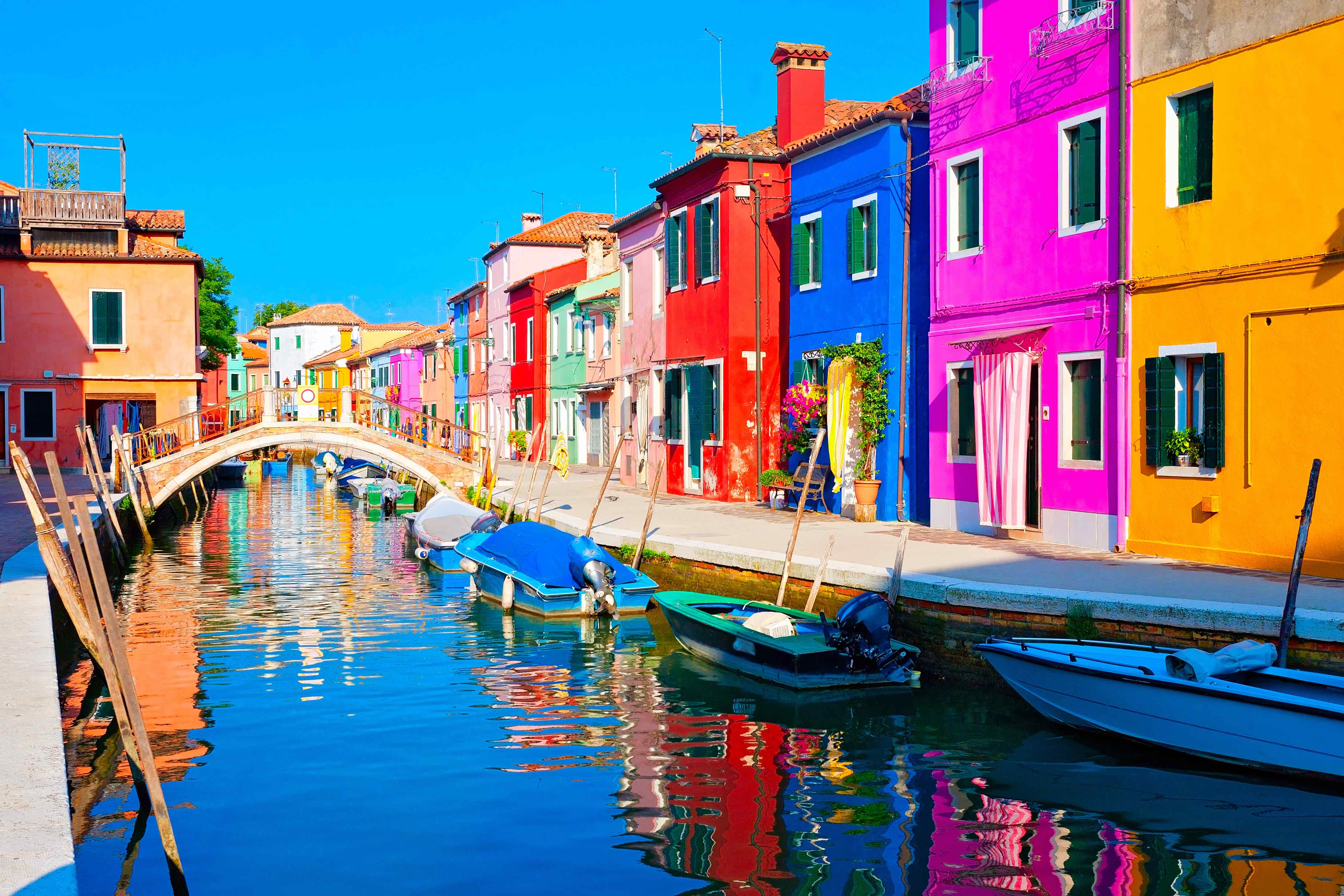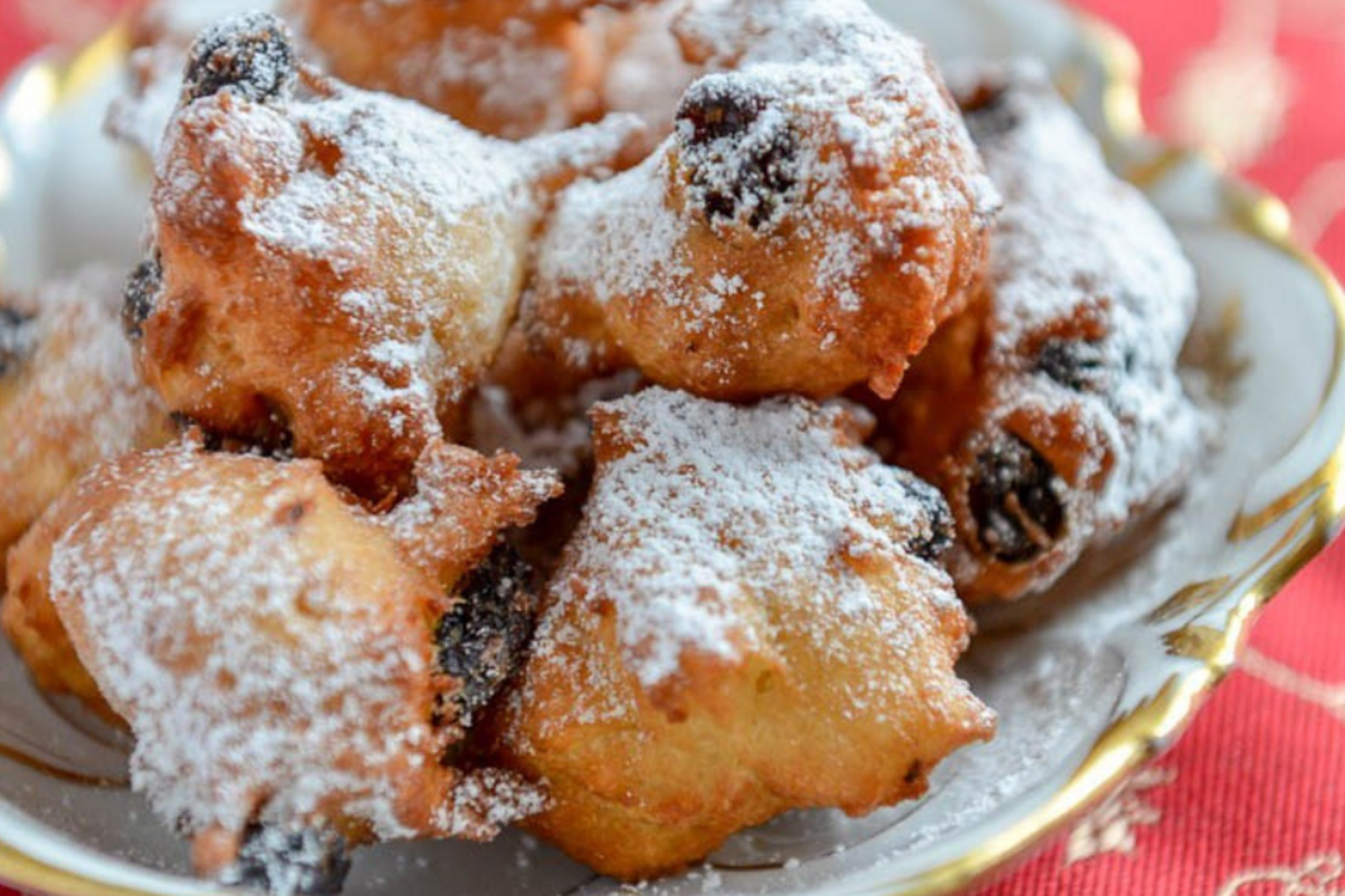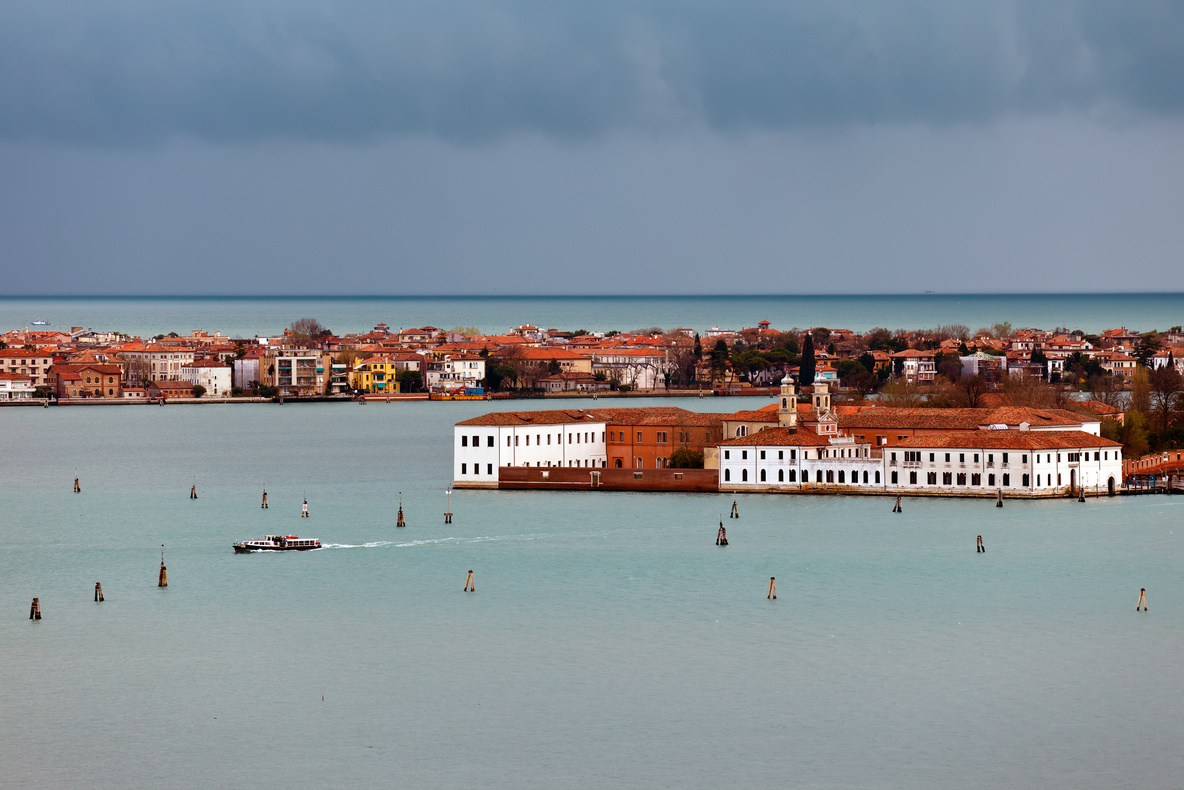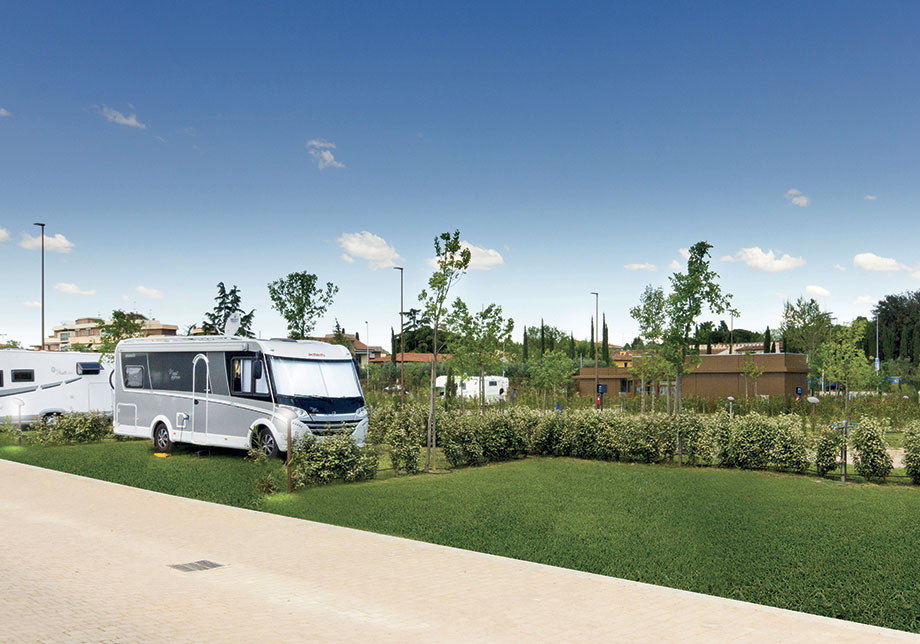Padua is a city that is sometimes underestimated, but surprises await at every turn. A walk through town takes you through a thousand years of history. It has an abundance of squares and churches, like so many other Italian cities, but also places where that show the deep bond between the city and nature.
The City of St. Anthony
Padua is inextricably linked with St. Anthony, the Franciscan friar of Portuguese origin who lived and preached here in the 13th century and became one of the most venerated saints in the world. His cult has made Padua a destination of international pilgrimage, attracting millions of visitors every year.
The city’s spiritual heart is the Basilica of Saint Antony. This impressive building is constructed in a mix of architectural styles and houses a majestic altar by Donatello and St Antony’s chapel with precious relics and frescoes narrating the life and miracles of the Saint. On exiting the basilica, stroll through the atmospheric Magnolia Cloister, an oasis of peace just a few steps from the lively Piazza del Santo. You’ll also find Padua’s patron saint venerated outside the confines of the basilica, nearby, in Via del Santo, pay homage at the pastry shop Lilium with a Dolce del Santo made with toasted almonds, puff pastry and apricot jam.

Prato della Valle: Europe’s most breathtaking piazza.
If there’s a place that’s inspires awe for vastness and beauty, it has to be the Prato della Valle, the largest piazza in Italy and one of the largest in Europe. This huge oval space of 88,000 m² is a sublime combination of nature and architecture, studded with 78 statues of illustrious figures who watch over the passers-by.
The piazza was a marshy area until it was reclaimed in the 18th century by the Venetian architect Andrea Memmo. Today, Prato della Valle is the vibrant centre of Padua, a meeting place for students, families and tourists. A walk around its central ring, the Isola Memmia, offers a unique perspective on the majestic façades of the surrounding buildings, including the Basilica di Santa Giustina, with its imposing dome that dominates the view.
During the day, the square is a meeting place for people wanting to relax on its green lawns or participate in the events and markets that enliven the city. At night, illuminated by the soft lights of the street lamps, Prato della Valle takes on a atmospheric and romantic guise, perfect for an memorable stroll. If you need to take in dinner but don't want to miss the joys of a walk in Prato della Valle, go to Orsucci for a takeaway pizza (made to a secret recipe) that the Paduans have raving about since the 1920s.
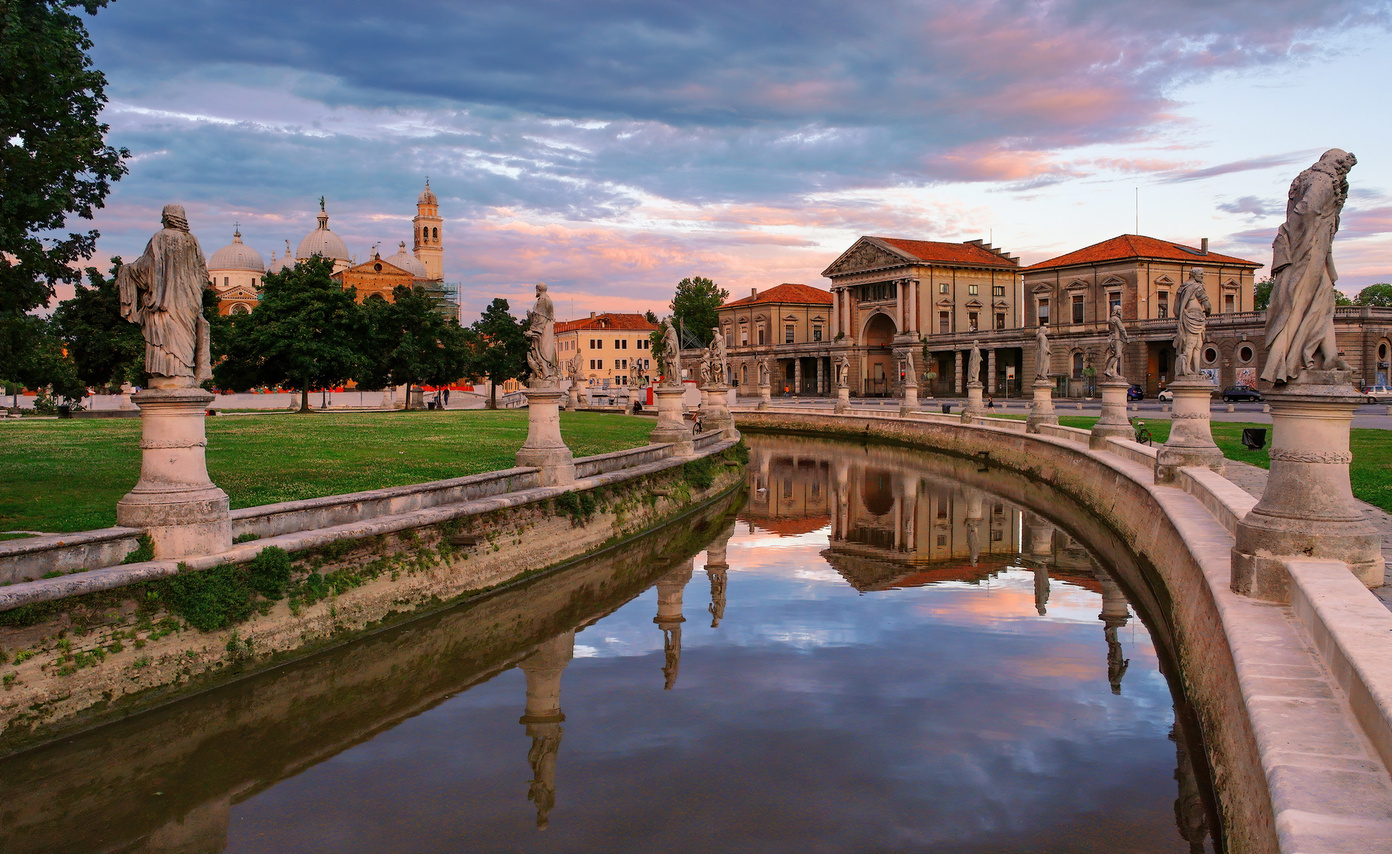
The UNESCO World Heritage Botanical Garden (and Goethe’s palm)
A few steps from the Basilica of St. Anthony stands another of Padua’s highlights: the Orto Botanico, the oldest university botanical garden in the world, founded in 1545 and listed as a UNESCO World Heritage Site. There are 6,000 plant species (many rare or exotic) to admire among the perfectly manicured flowerbeds and greenhouses.
The grande dame of the gardens is the Goethe Palm, a Chamaerops humilis planted in 1585 and made famous by the German writer Johann Wolfgang von Goethe, who mentioned it in his essay ‘The Metamorphosis of Plants’. Even today, this centuries-old palm tree stands as a symbol of longevity and the connection between science and literature.
The Orto Botanico is a peaceful area, the perfect place to lose yourself in nature and discover the ancient and delicate bond between man and the plant world, while the new Garden of Biodiversity, with its greenhouses that recreate the world’s different ecosystems, takes the visitor experience into the future, offering a fascinating journey into the wonders of nature.
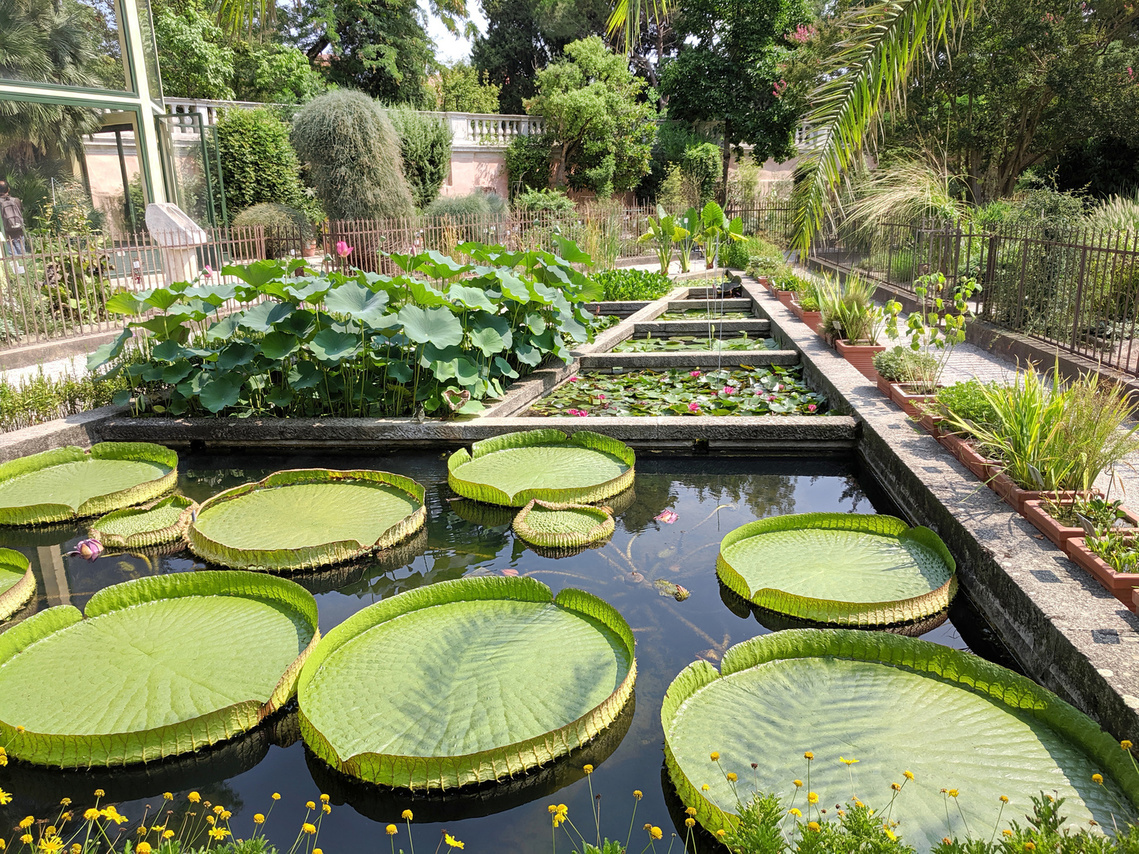
The Scrovegni Chapel: an explosion of colour
Padua offers its visitors one of the greatest masterpieces of world art: the Scrovegni Chapel. Here, within the walls of a small medieval church, the great artist Giotto literally brought the walls to life, covering them with a cycle of frescoes that are still captivating in their beauty and innovation.
Painted between 1303 and 1305, the frescoes depict the stories of the Virgin Mary and Christ in an explosion of colour and expressive details that revolutionised medieval painting. The blue ceiling quilted with stars is one of the best examples of its kind, while the famous ‘Lamentation over the Dead Christ’ and the dramatic ‘Last Judgement’ express a tangible emotional intensity. Add to this the sublime perspective, expressive faces and realism of the scenes, as soon as you cross the threshold you’ll be awestruck at the depth of colour and harmony of the compositions. It is one of the visual and emotional experiences that makes Padua unrivalled as a capital of art. Just remember one thing: book before going!



